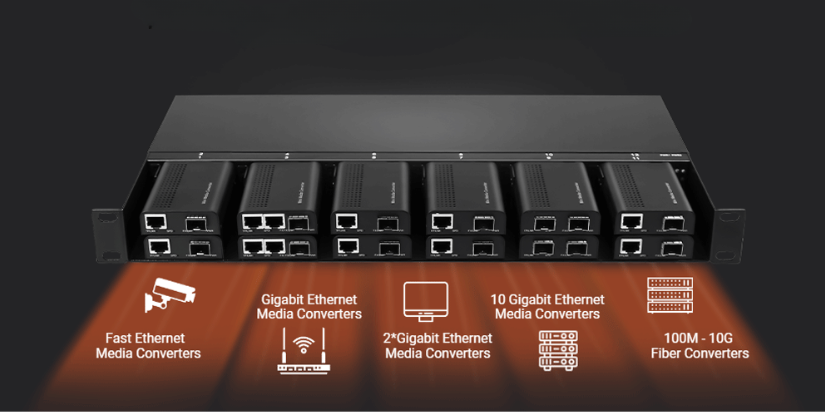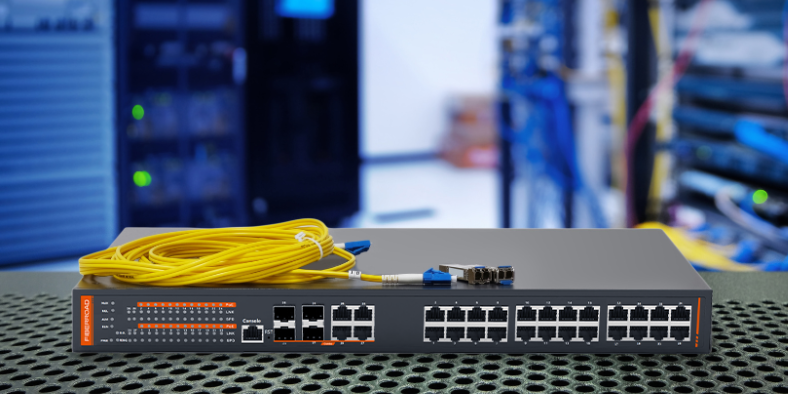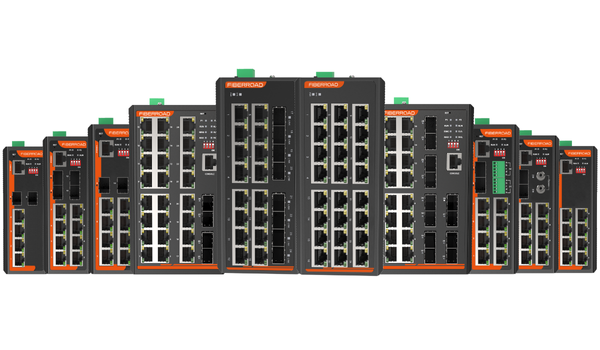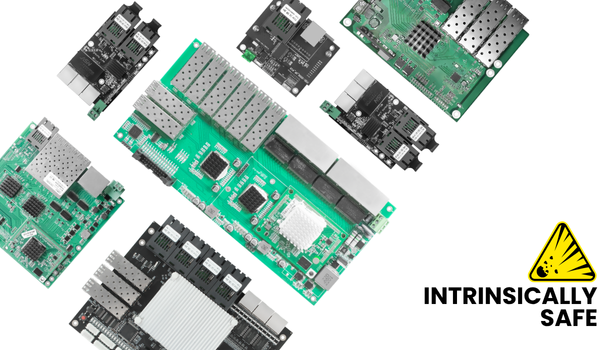What is OT?
IT/OT convergence integrates information technology (IT) systems—focused on data computing, storage, and communication—with operational technology (OT) systems, which monitor and control industrial equipment. Historically siloed, these domains are now merging via IoT, big data, and edge computing, unifying business processes, insights, and controls into a cohesive ecosystem.
Types of IT/OT Convergence
Convergence takes three forms, tailored to organizational needs:
- Process convergence: Aligns workflows between IT and OT teams (e.g., extending IT data protection protocols to OT systems).
- Software and data convergence: Integrates front-office IT tools with OT data via network adjustments, enabling unified analytics (e.g., combining production sensor data with enterprise software for decision-making).
- Physical convergence: Updates hardware to bridge IT and OT, such as retrofitting legacy OT devices with network-enabled components. For example, industrial Ethernet switches—like Fiberroad’s FR-7M3208SP—facilitate this by connecting serial-based OT equipment to IT networks.

IT vs. OT: Key Differences
IT systems inherently prioritize networked communication and data processing, while legacy OT systems relied on siloed, proprietary protocols (e.g., closed-loop industrial controllers) and manual operation, often isolated from enterprise networks. This disconnect left critical data (e.g., from CNC machines) inaccessible to IT-driven analysis. Today, IoT devices—including smart sensors and industrial switches break down these barriers by enabling standard network communication between OT hardware and IT infrastructure.
Enablers of IT/OT Convergence
IoT and edge computing are critical drivers:
IoT devices (sensors, actuators) bridge OT and IT by capturing real-world data (temperature, pressure) and transmitting it via standard networks to IT systems.
Edge computing processes time-sensitive OT data locally, reducing latency—vital for industrial networks where delays could disrupt operations.
Industrial Ethernet Switch enhances this by facilitating seamless data transmission between OT devices (e.g., PLCs, sensors) and IT systems via Modbus/TCP protocol.These technologies turn isolated OT devices into networked assets. Those ensuring reliable communication even in harsh industrial environments and enabling actions like predictive maintenance triggered by real-time data.

Benefits of IT/OT Convergence
- Enhanced efficiency: Real-time data access enables global monitoring and faster decision-making.
- Reduced silos: Unified systems foster collaboration between IT and OT teams.
- Stronger security: Protecting converged systems as a single environment minimizes vulnerabilities.
- Cost savings: IoT-enabled predictive maintenance cuts downtime and operational costs.
- Better compliance: Improved visibility simplifies auditing and adherence to regulations like GDPR.
Challenges and Solutions
- Security risks: Legacy OT systems lack built-in network security, expanding attack surfaces. Their distributed nature (e.g., critical infrastructure) increases vulnerability to espionage or sabotage.
- Organizational hurdles: Conflicting priorities (IT focusing on data security vs. OT on operational uptime) can create governance gaps.
- Technical barriers: Integrating proprietary OT protocols with standardized IT networks requires specialized tools.

Conclusion
IT/OT convergence is reshaping industrial operations, with technologies like the Fiberroad FR-7M3208SP playing a pivotal role. By bridging serial-based OT devices and IT networks, ensuring protocol compatibility, and enhancing reliability, this industrial switch exemplifies how purpose-built hardware accelerates seamless, secure convergence—driving efficiency and innovation in modern industrial ecosystems.







 Fiberroad Official
Fiberroad Official